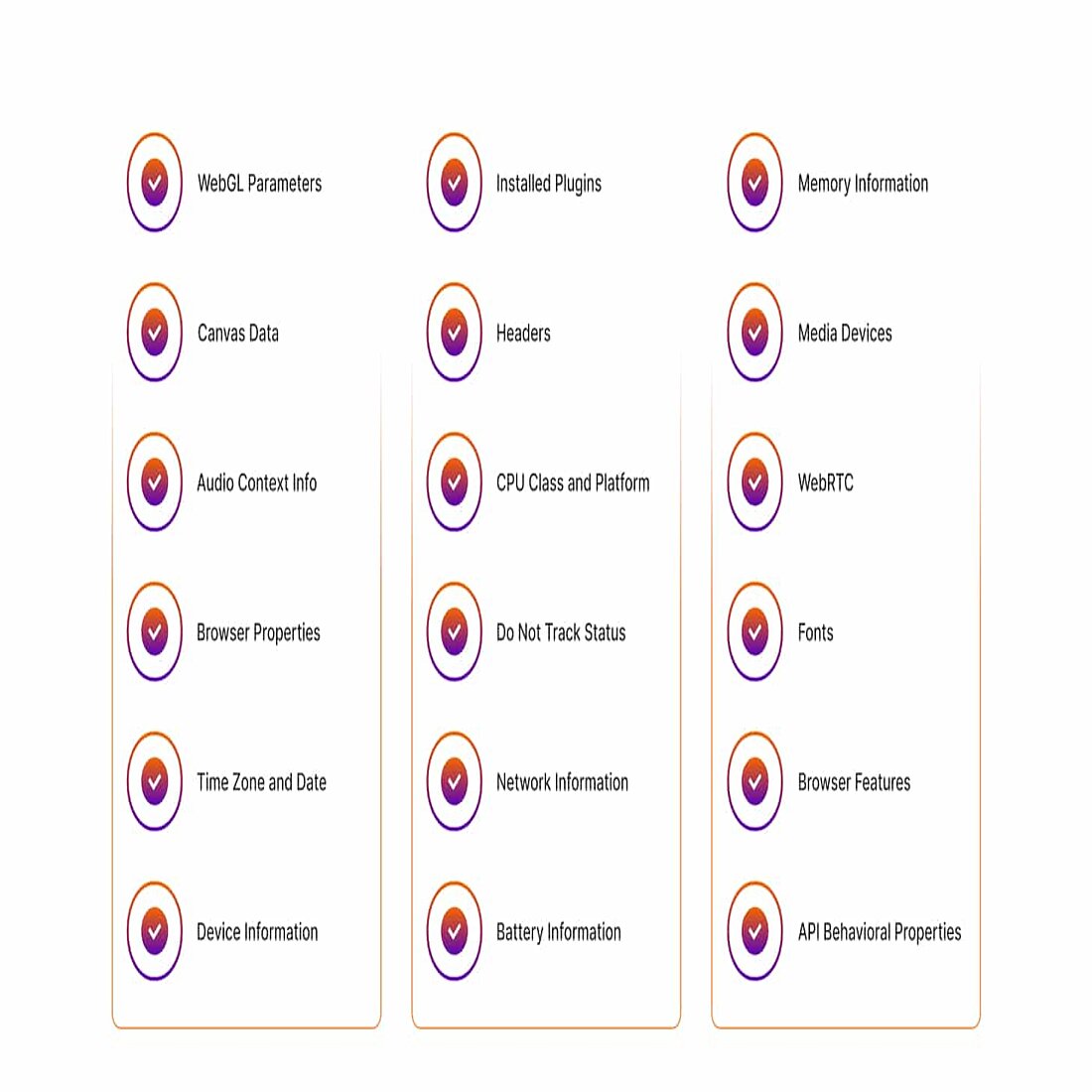
Simon Coulthard March 26, 2024

If you're feeling stuck on how to track cookieless without the loss of data, you're not alone.
Due to concerns about privacy and changes in browser settings, tracking users without the use of cookies is becoming more essential. This means that the companies that collect data with the help of cookies must find new methods to do this without losing the users' data but giving them confidence that their privacy rights are not being violated.
Cookieless tracking doesn’t necessarily suggest losing user data. Besides the fact that there are many cookieless marketing strategies you can implement to succeed in this environment, there are also alternatives to tracking cookies.
Here are a few techniques for tracking users in a cookieless world while keeping user data safe.
Unlock Your Full Potential
Our cookieless website intelligence solution enables anyone to grow their website quickly, while protecting visitor data rights. Sign up for free today, remove your ugly cookie banner, and supercharge data collection!
Modern browsers have local storage capabilities that let web browsers store data locally in the user's browser. Without the use of cookies, this information can be utilized to monitor user behavior over time and across several sessions.
A user's browser has a key/value datastore called LocalStorage. Similar to cookies, LocalStorage's keys and values can only be stored as strings of data. JavaScript is the only language with access to the datastore in that domain.
Up to 5MB of data can be kept in LocalStorage by each domain. Also, when an HTTP request is made, your data is not transmitted to the server.
There is no time limit on the data in LocalStorage. JavaScript, or deleting the browser's cache both work to get rid of it.
If you want to find out how to manage client-side data with local storage, here’s an article that will walk you through all the steps.
Browser fingerprinting is a technique that creates a unique identifier for the user by combining various browser attributes (such as browser type, screen resolution, and installed plugins). This identifier can be used to follow the user across sessions.
However, there are also cookieless identity solutions that use this type of fingerprinting to enable you to collect user data. A great tool that enables you to collect all the data you need with a website analytics solution is TWIPLA. It uses fingerprinting when tracking visitors' behavior. However, what does this mean?
This implies that when a person accesses a website for the first time, a digital fingerprint is left behind that can be detected on a subsequent page visit.
The fingerprint cannot provide information on what a visitor does outside of sessions related to a certain site because it is not retained on the user's device. Cross-tracking is therefore impossible.
There is some anonymized data retained, but it is only accessible within the analytics environment and cannot be linked to a specific person's routines or past. Your online activities are private from everyone.
So, with a tool like TWIPLA, you get the complete package of website analysis, such as the website statistics including most important KPIs, traffic structure, website and campaign performance, competition analysis; user behavior containing conversion funnels, custom event tracking, session recordings, heatmaps; and ways of collecting user feedback like surveys, and polls.
All this data will come with a touch of privacy assurance since it uses a cookieless tracking method that is 100% compliant with all the regulations.
Server-side tracking is stirring up controversy among digital marketers and upending the web analytics industry. Why? In order to determine which channels and approaches are working best and where we need to adjust our budget or strategy, marketers rely heavily on analytics and data.
Yet, because privacy issues have restricted our capacity to collect data in the past, marketers and online analysts are beginning to consider alternate solutions.
Server-side tracking implies collecting user data on the server side rather than on the client side. This can be done by collecting information such as IP address, user agent, and referrer information.
Using server-side tracking, data can be transmitted and received from the user's browser to your own web server before being sent elsewhere. More security and control are possible by adding a second layer (the server) between your website and the data collection tool you're using.
You are not obtaining a complete and true view of the online habits and preferences of your audience if you continue to rely on conventional browser-based web analytics. It's time to investigate server-side tracking, first-party data collecting, and cookieless tracking techniques.
Although it's unlikely that you've ever seen a tracking pixel, they have almost certainly been there on your screen. Companies can obtain vital marketing data and evaluate the success of marketing efforts thanks to tracking pixels. So what precisely are they and how do they operate?
Literally, a tracking pixel is a tiny, frequently invisible pixel that displays on a user's screen. It accomplishes the same task as a browser cookie, albeit there are several clear distinctions and benefits.
Known as 1x1 tracking pixels, tracking pixels are typically small, 1x1 squares that are intended to be translucent or at the very least blend in with the background of the page they are shown on. This is so that consumers won't notice them.
A pixel tracking system is relatively straightforward. Imagine a business starting a fresh email campaign. They send out hundreds of emails, but they need to know if they are effective—are they at least being opened?
When someone opens an email that has an email tracking pixel, their browser will launch the tracking pixel code automatically. The browser will signal the company's servers as a result of this.
The signal notifies the sender that the email has been opened and can also convey further information, such as the operating system, IP address, and location of the recipient.
Sounds like a great alternative to cookies, right?!
Unified IDs represent unique identifiers that are used to monitor users across different devices and channels. By connecting user data from several sources, these IDs can paint a more complete picture of the user's behavior.
It makes it possible for advertisers, agencies, ad technology providers, and ad publishers to collaborate in advertising workflows without the need for third-party cookies. Additionally, it offers consumer consent procedures with transparency built in.
It is crucial to remember that any kind of user tracking must be done with the user's permission and in accordance with any privacy laws and regulations that may be in effect. To avoid unwanted access or data breaches, all user data should be properly stored and guarded.
This open-source ID framework differs from others in that users must provide permission to a publisher and divulge their email address in order for the latter to generate a special identification. The ID will continue to be visible but will be continuously hashed to safeguard user privacy.
Because third-party cookies are rapidly becoming obsolete and there are now so few alternatives, publishers and advertisers should carefully explore the possibilities of unified IDs to future-proof ad programs.
Unlock Your Full Potential
Our cookieless website intelligence solution enables anyone to grow their website quickly, while protecting visitor data rights. Sign up for free today, remove your ugly cookie banner, and supercharge data collection!
Go Track Cookieless Without Using Data
These are some of the alternatives to cookies and privacy breaches. With the cookieless future knocking on your door, you should consider these solutions in data collection. Try these methods, see how they work, and implement the ones that fit your business.
Don’t forget that you can also check some of the cookieless website analytics tools that are now available so you can have all users' data in one place.
I hope these suggestions will increase your workflow and streamline the collection data process. If you enjoyed this article, feel free to spread the word and methods with your pals.
Share article
Get Started for Free
Gain World-Class Insights & Offer Innovative Privacy & Security

You might also like
Insights to Your Inbox
Keep pace with the world of privacy-first analytics with a monthly roundup of news, advice, and updates!











